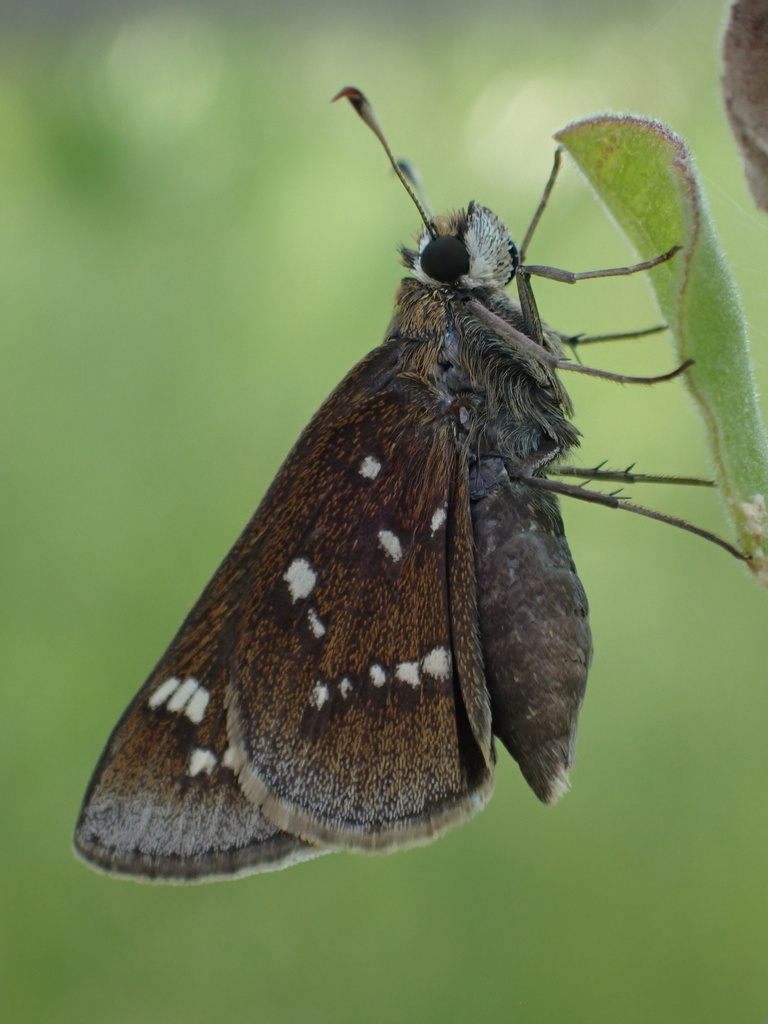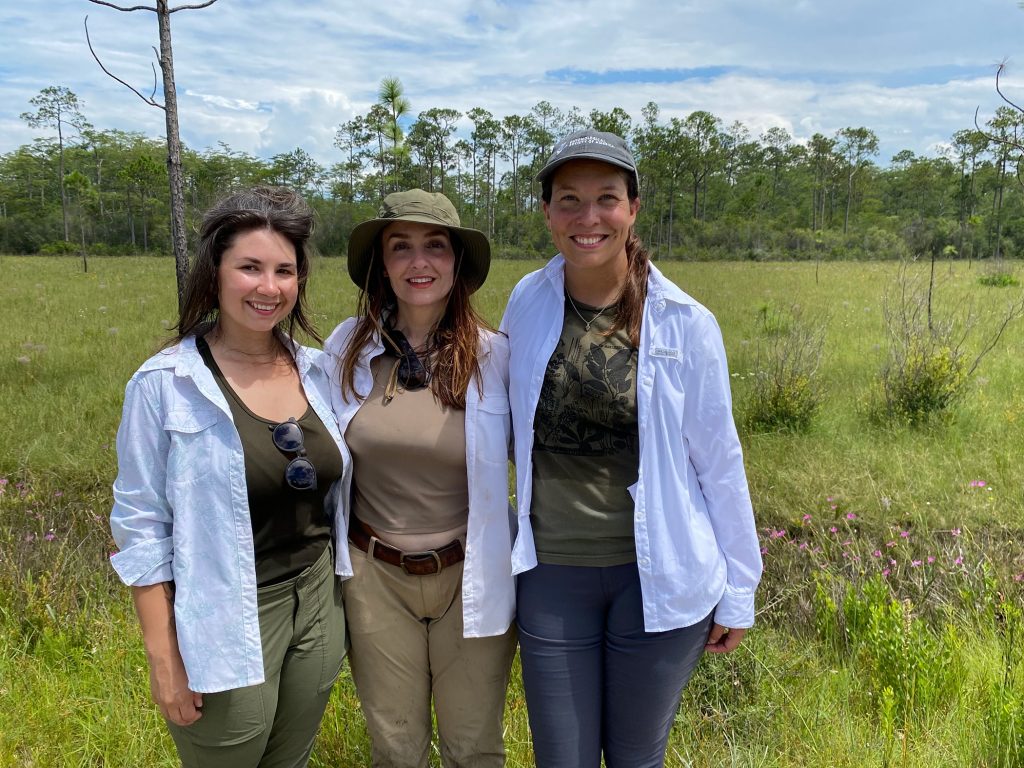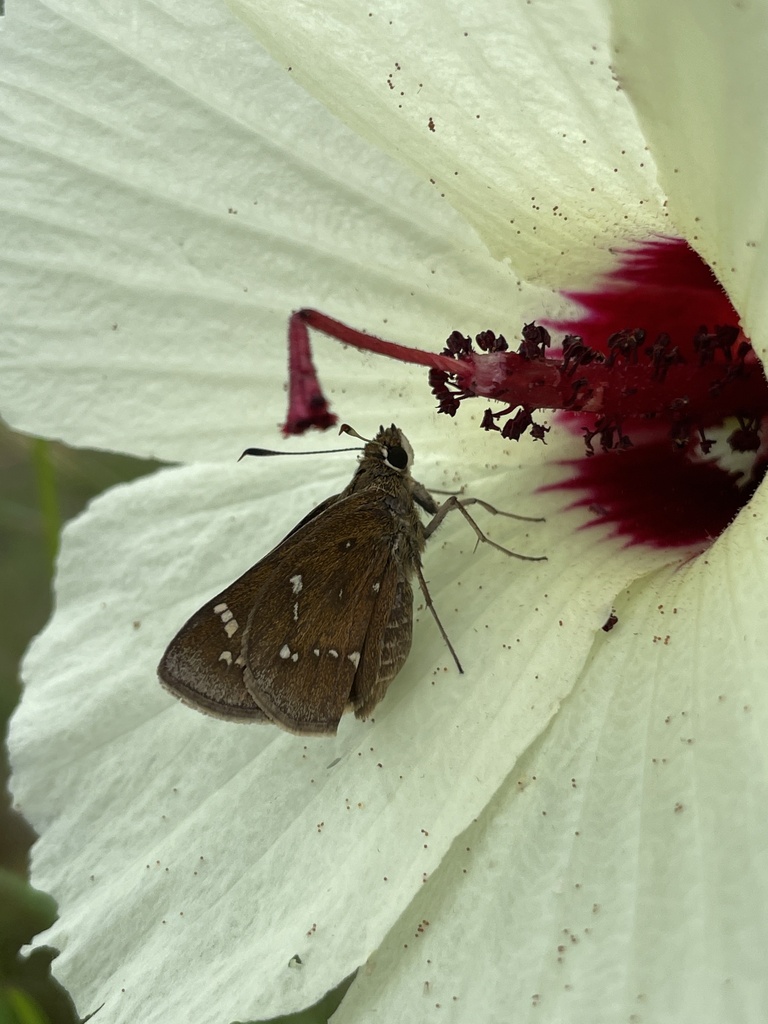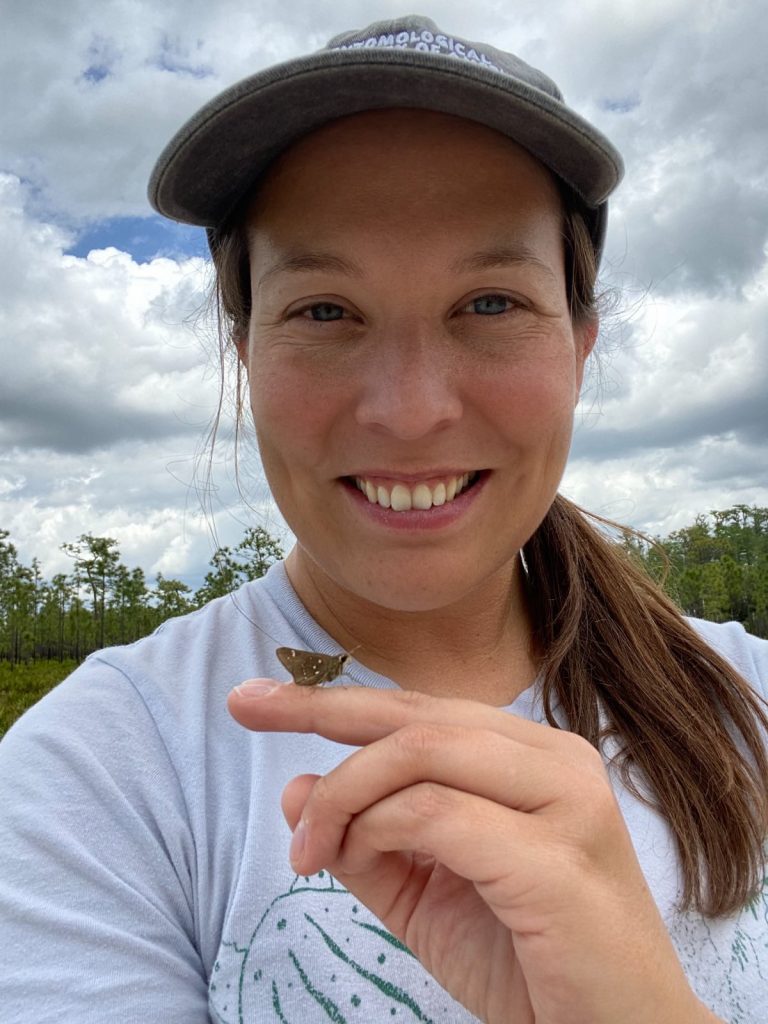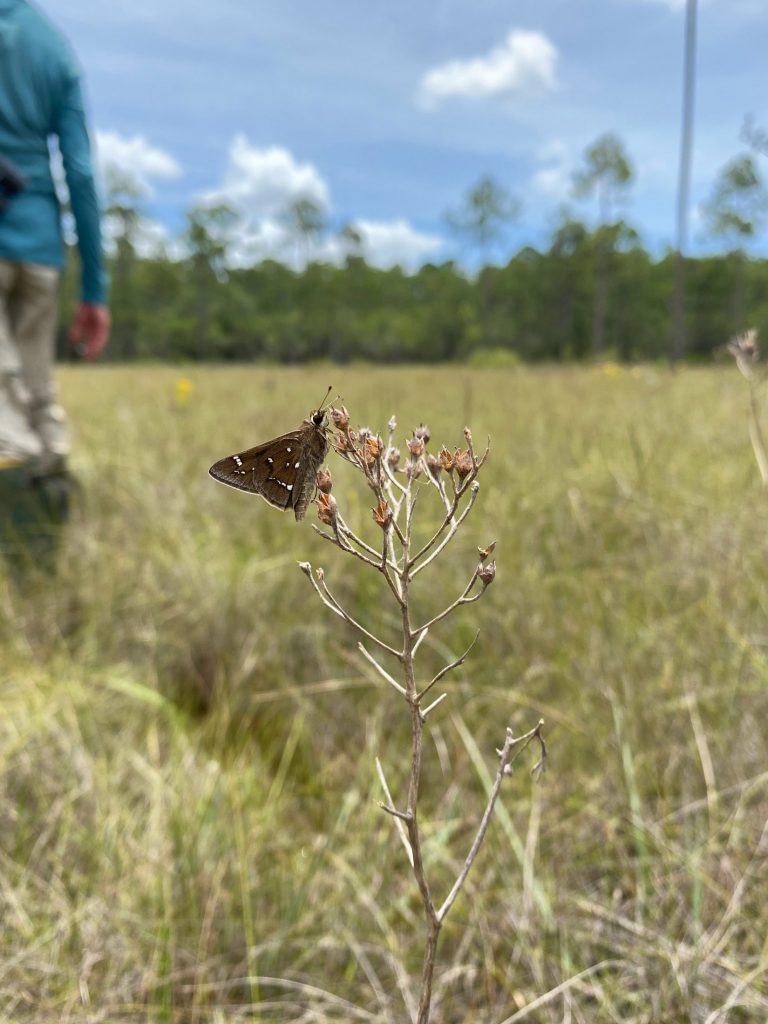The Loammi skipper (Atrytonopsis loammi) is a small, wedge-shaped butterfly with stubby antennas and bulbous black eyes in a fuzzy face. It once lived throughout a good deal of the Southeastern U.S. but is now absent from much of its original range. Scientists can only find it in isolated patches across Florida.
Rachel Walsh recently trekked out into the wet prairies of the Apalachicola National Forest in search of the Loammi skipper. The butterfly prefers prairies and pine flats because these habitats are home to lopsided Indian grass, its host plant. This is what its caterpillars feed on.
Tethered to the fate of this plant, this little skipper species lives in isolated patches, carefully balanced between the threat of population collapse and habitat loss.
Rachel is here to collect genetic samples. Her project is specifically to study the genetic health of the scattered populations, and broadly to add critical knowledge to our understanding of at-risk butterflies.
Rachel Walsh is a Ph.D. student with our McGuire Center, working both with the Daniels Lab and the Kawahara Lab to learn about imperiled butterfly species and insect declines. Researchers are taking a deep dive into these at-risk species, from their habitats to their DNA, to learn everything about them before it’s too late.
By understanding a butterfly’s habitat and how it fits into the complicated puzzle of its ecosystem, researchers can navigate the many layers of conservation and restoration work needed to give them a safe place to thrive. And by studying population changes and diversity, scientists can ensure that each species has necessary genetic health for stable population growth.
Taking a close look at one at-risk species can help inform people working on the very big topic of global insect decline. Since something so huge and so dramatic has been caused by many factors, learning about the tiny Loammi skipper butterfly will help guide work on other species.
Rachel was joined in the field by Dani Davis and Lilly Anderson-Messec so Lilly could create a video for the Florida Native Plant Society about this tiny skipper. Since bringing hundreds of people to this remote and fragile habitat was unlikely, they decided to bring the story of the Loammi to the Internet.
With funding from Disney Conservation Fund, Florida Museum of Natural History, UF Institute of Food and Agricultural Sciences, UF School of Natural Resources and Environment.
